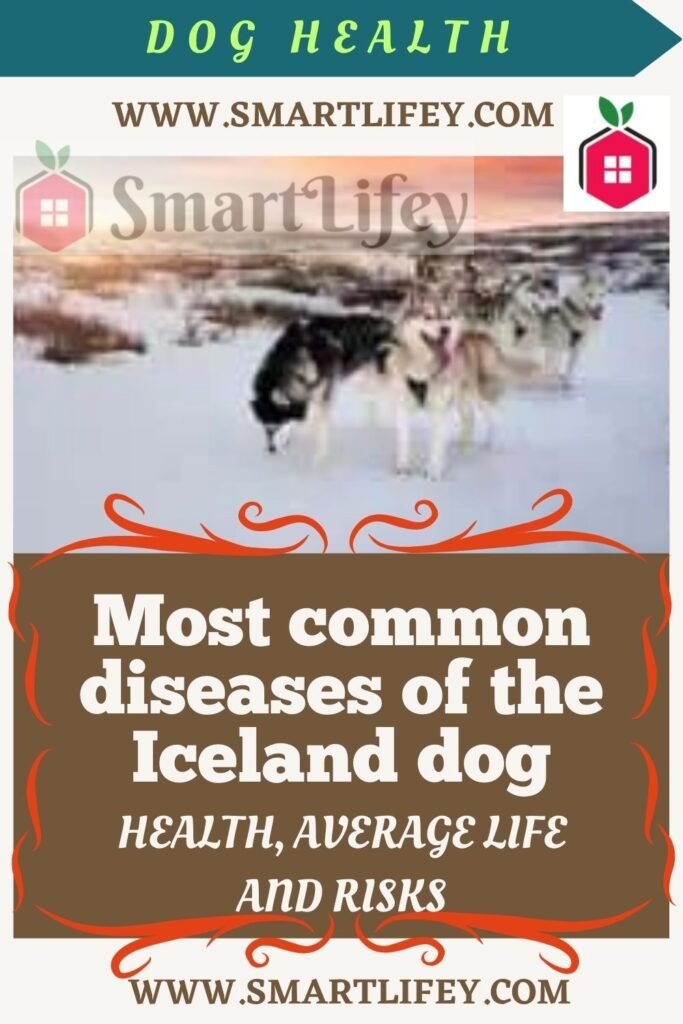
Are you afraid that it may feel bad and not know what it has? All about the most common diseases of the Iceland dog and tips for its health.
What do we know about the health of this little-known dog in our area? In fact, finding out more about the most common diseases of the Iceland dog is not easy, given the scarce information about it (at least in our areas). Here is a series of useful tips to keep them always healthy and in shape.
Iceland dog: health and average life
This little-known but much appreciated dog in the places of origin is fortunately very active and dynamic: this is possible because it is supported by an athletic and muscular physique, which allows it to always do physical activity.
Being a rustic dog, it does not get sick easily and its average life expectancy varies between 12 and 14 years of life. Some argue instead that life expectancy is higher (around 14-15 years) but there are exceptional testimonies of dogs of this breed that have lived up to 17 years!
Most common diseases of the Iceland dog: what they are

The rusticity of this dog makes it particularly suitable for outdoor life: certainly when it is cold, its thick coat can protect it from low temperatures. When it is hot, however, it is absolutely not advisable to let it work too much, as it has a poor tolerance to heat.
Like all medium-sized dogs, the Iceland dog can easily suffer from hip dysplasia, but it is thanks to its size that it will not be such a disabling disease and will still guarantee a peaceful life.
Another health problem that can easily be encountered is hereditary cataracts: it seems that studies for genetic tests are underway, although a concrete result has not yet been reached. In fact, it seems that the only way to avoid transmitting the disease is to not make sick subjects mate with other healthy ones.
Most common diseases of the Iceland dog: a defect (not disabling)
In some specimens it is very common to find a kind of defect, which however does not compromise the quality of life of the dog: it is the absence of the first premolars. However, this will not create any problems for the dog either from the point of view of dental health or in its nutrition, so it can continue to eat without any problem.
